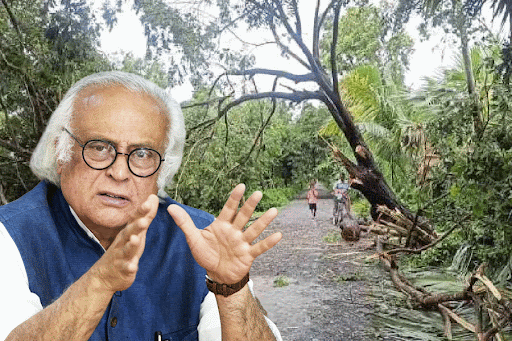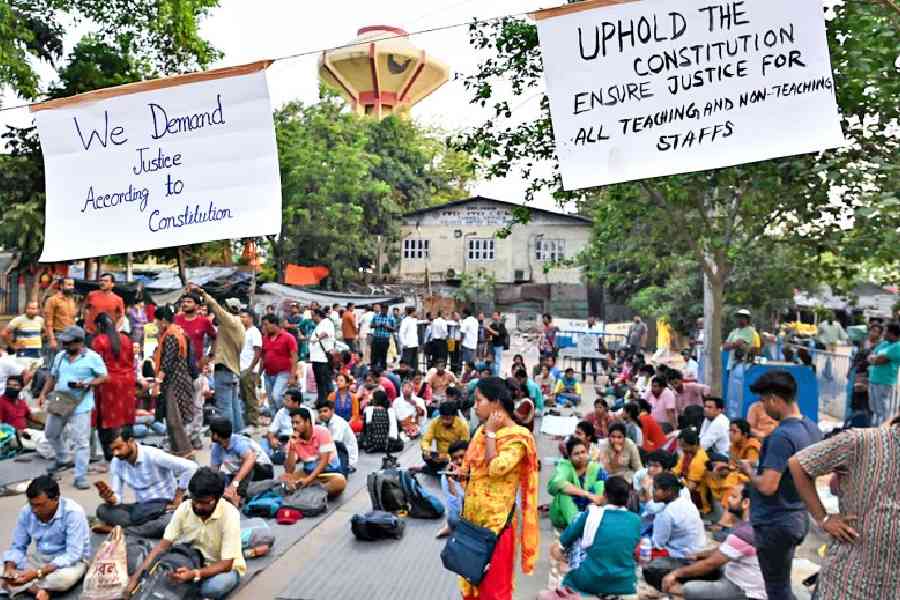There has been a slight shift in the pattern of crime, according to the National Crime Records Bureau report for 2023. Crime has not declined; it has registered a 7.2% increase over crimes in 2022 to 6.24 million in number. The shift lies in the kind of crimes that show a growth — murder and rape indicate a drop while a rise is registered for forgery, cheating, fraud, rash driving and cyber crime. Cyber crime increased by 31.2%, and includes defrauding citizens, sexual exploitation and extortion. Forgery, cheating and fraud increased by 6.2%. What is perhaps far more alarming is that crimes against children increased by 9.2%; there were over 40,000 rapes alone of children, apart from other crimes, such as sexual assault, sexual harassment and use for pornography. This should not be seen in the context of other crimes because crimes against children indicate a different plane of criminality altogether.
Although crimes against scheduled castes increased just by 0.4%, crimes against scheduled tribes grew by 28.8%. The increase can be put down largely to the strife between the Meiteis and Kukis in Manipur with an estimated 260 people dead and around 60,000 displaced. This has changed the demographic map of the state through the relocation on the hills and plains. Murder in general shows a slight decline, the maximum number — 503 —taking place in Delhi among the cities, followed by Bengaluru and Jaipur. But the impulse has not lessened because the attempt to commit culpable homicide has increased by 18%.
Crimes against women have increased by 0.7%. Although this does not appear to be a lot, it has to be asked why, in spite of so many efforts by the law, activists and the media, the numbers are not declining. The attempt to commit rape and rape itself have dropped, the latter by 5.9%. Dowry deaths have declined to 4,48,211 — but that number is still staggering. The greatest number of crimes against women comes under Section 498A of the Indian Penal Code: torture by the husband or his relatives — followed by kidnapping and abduction. The drop in rape statistics appears strange in this context, raising the possibility that the recorded numbers are an incomplete assessment of the situation. Marital rape is excluded since it is not a crime in India. Among cities, Delhi again is the most unsafe city for women. The state of Uttar Pradesh has the maximum number of crimes against women — 66,381. Maharashtra is next and then Rajasthan; it is alarming that West Bengal comes fourth, with 34,691 crimes. The failure of the state to check crimes against women in spite of some of the strongest protests demanding justice and freedom for them remains a great shame. Overall too, the year-by-year growth in crime shows flaws in the implementation of law and people’s unchanging inclination for crime. Much greater effort is needed if the next NCRB report is not to show another discouraging increase.










